Learning how to use a dichotomous key is a valuable homesteading tool that can help you better understand what species are present on your homestead. You can use dichotomous keys to identify plants, rock, insects, and animals. It is extremely helpful, especially if you have look-alike species on your property.
By understanding what you have on your homestead, you can slowly build knowledge for what you can eat, the types of soils present, how they can be used for different purposes, and what animals are present.
Certain plants will only grow in acidic areas. Some plants may have edible roots, some rocks may have great mineral compounds that can be helpful in gardening, and some species of salamander may be endemic to your area. All these facts and more are reasons to research what you have around your homestead.
Because dichotomous keys can be intimidating to a first-time user, and this article is here to be a light in the dark and guide you into the world of dichot-keys. Some dichotomous keys can be more user-friendly than others as they are highly technical and use specific, professional language that people without training or education would have difficulty understanding.
Learning Basic Terminology
To help eliminate confusion in dichotomous keys, it is super helpful to learn the basics in terminology for your research subject before (or while) delving into a dichotomous key. For example, if you’re using a dichotomous key to identify the trees in your yard, learning the basic anatomy of a tree can be helpful.
This goes beyond knowing the difference between the tree trunk and a leaf, to learning what the different parts of a leaf are called, how to tell the difference between a terminal bud and an axillary bud, and becoming familiar with the different names used for leaf arrangements and growth patterns. For example, opposite leaves grow in pairs on both sides of a branch, whereas alternate leaves grow, as the name implies, alternating on either side of the branch but never across from each other.
If you feel unsure where to learn terminology, you can look at a dichotomous key and find key words you don’t recognize and research the meaning. This sounds simple and obvious, and that’s because it is. Using a dichotomous key doesn’t have to be painstaking and difficult — it’s only as hard as you allow it to be.
An important note when utilizing dichotomous keys: Make sure your guide is for the region where you live. If you don’t have the right region, you’re not going to identify what you’re looking at!
Where to Find Dichotomous Keys
It’s pretty easy to find dichotomous keys. You can get identification guides at local book stores, libraries, outdoor recreation stores, national park gift shops, plant nursery gift shops, and sometimes, hip, local coffee shops will have them. If there is a university or college nearby that has a natural resource or biology department, they most likely will have resources (and highly credible ones) available.
Most identification guides will have dichotomous keys in the front or back, but not always. You can also order guides online or find online dichotomous keys that are free and in PDF format.
Using a Dichotomous Key
In terms of actually using a dichotomous key, they are set up in a consistent fashion. There will be rows that have a characteristic listed. If the characteristic is present, it will direct you to move on to a new row with a new question. If it is not listed, it will send you elsewhere. Essentially, a dichotomous key is made up of “either-or” choices that get more and more specific as you progress through the key.
For example, let’s say you’re using a dichotomous key for trees. You go out to your yard and you find a tree you’re curious about. This is what your dichotomous key might look like.
| 1a. Leaves and buds are opposite | Go to 2 |
| 1b. Leaves and buds are alternate | Go to 3 |
| 2a. Leaves are simple, lobed, and have entire margins | Florida maple, Acer floridanum |
| 2b. Leaves are simple, lobed, and have serrated margins | Red maple, Acer rubrum |
| 3a. Leaves are simple | Go to 4 |
| 3b. Leaves are compound | Go to 9 |
| 4a. Leaves are entire | Go to 5 |
| 4b. Leaves are serrated or lobed | Go to 7 |
Final Thoughts
So generally speaking, once you have the appropriate associated vocabulary down for what you would like to identify, using dichotomous keys is straightforward. It can be a fun experience to use them yourself or involve kids and family members to learn what’s around your homestead. Enjoy!









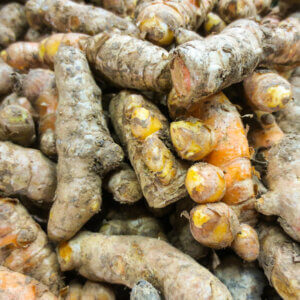



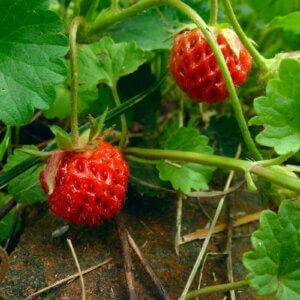

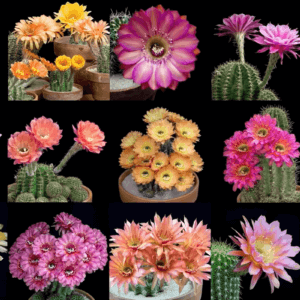

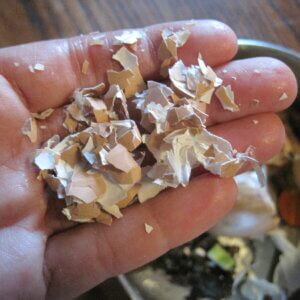



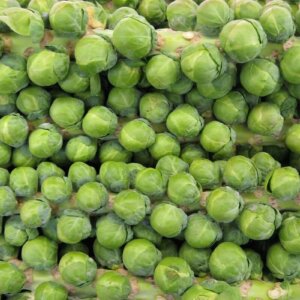


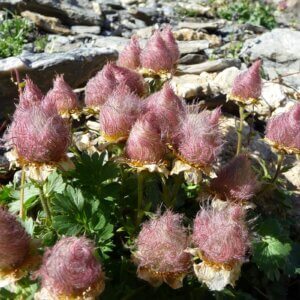




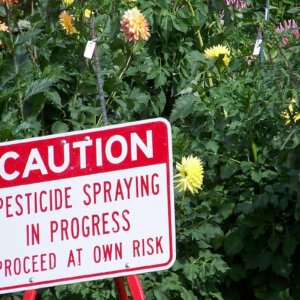
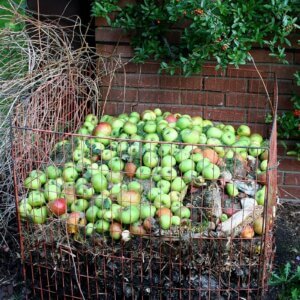

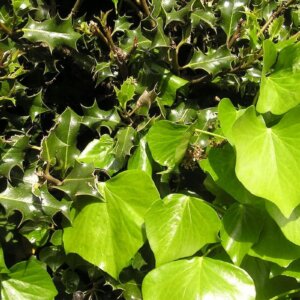
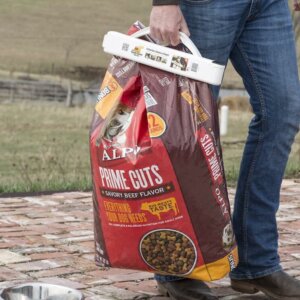








Leave a Reply